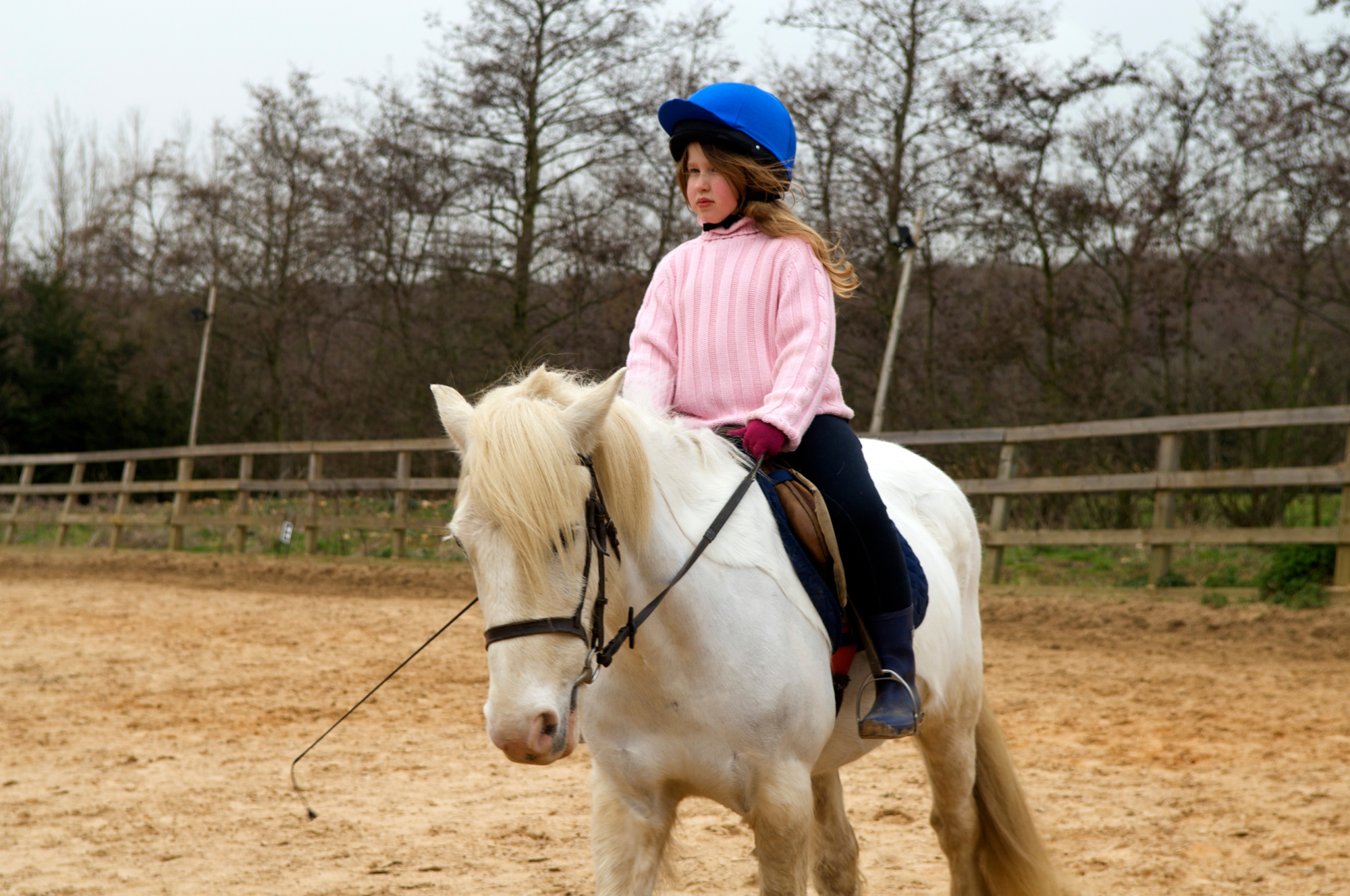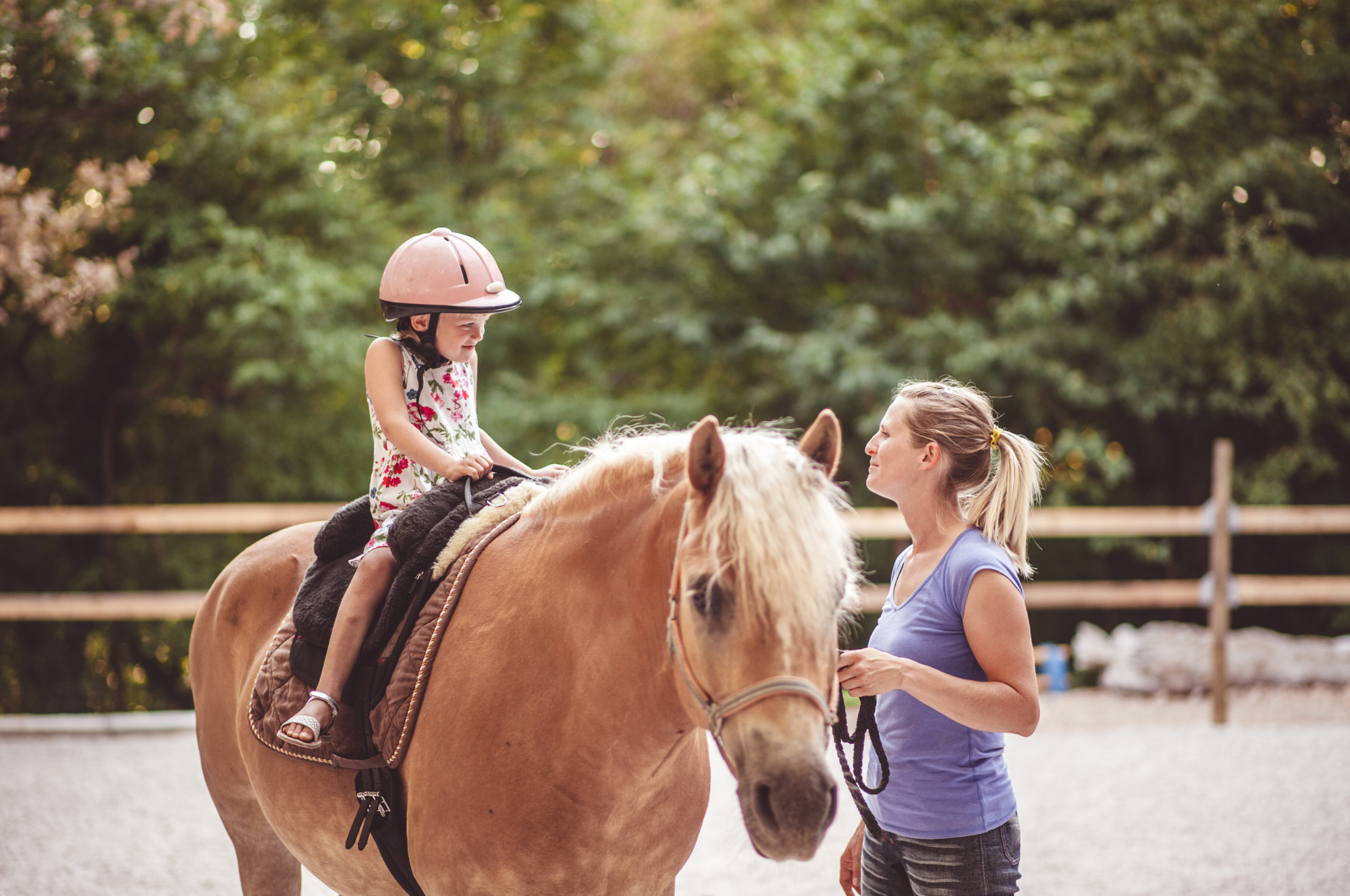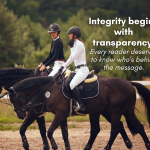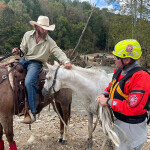New to horseback riding? Our 2025 beginner's guide covers how to start, what gear to wear, finding lessons, first ride tips, and costs.
Have you ever watched a horse and rider move together and felt a pull to experience that connection for yourself? The idea of horseback riding can be both exciting and a little intimidating. If you're a beginner wondering how to start horseback riding, you've come to the right place. This guide to horseback riding for beginners will walk you through everything you need to know, from your first lesson to the gear you'll need.
Learning to ride is a rewarding journey that builds confidence, strength, and a unique bond with an incredible animal. We'll break down the process into simple steps, so you can feel prepared and excited to get in the saddle.

Table of contents [Show]
Essential Gear for Your First Ride
You don't need to buy a full equestrian wardrobe before your first lesson. Most stables that offer horseback riding for beginners can provide some basics. However, showing up with the right attire ensures you are comfortable and safe.
What to Wear
- Proper Footwear: This is the most critical piece of gear. You need a boot or shoe with a hard sole and a small heel (about 1 to 1.5 inches). The heel prevents your foot from slipping through the stirrup, which is a major safety risk. Avoid sneakers, hiking boots with deep treads, or any open-toed shoes.
- Comfortable Pants: Long, fitted pants are a must to prevent chafing from the saddle. Leggings, yoga pants, or comfortable jeans will work for your initial lessons. As you progress, you might invest in riding breeches or jodhpurs, which are designed for comfort in the saddle.
- Fitted Top: A comfortable, tucked-in shirt that allows you to move freely is ideal. Avoid baggy clothing that could get snagged on equipment.
- Helmet: Safety first! Always wear an ASTM/SEI-certified equestrian helmet. While some stables provide loaner helmets, purchasing your own ensures a perfect fit and hygiene. Never use a bike helmet, as they are not designed for riding-related impacts.
What to Leave at Home
- Shorts or Skirts: These offer no protection from rubbing and can be uncomfortable.
- Loose Jewelry: Dangling earrings, bracelets, and necklaces can get caught on the horse or tack.
- Strong Perfumes: Horses have a sensitive sense of smell, and strong scents can be distracting or irritating to them.
Finding the Right Riding Lessons
The best way to learn is from a qualified instructor. Group lessons are a great way to start, as they are often more affordable and allow you to learn alongside other beginners.
How to Find a Good Stable
Finding the right barn is key to a positive experience with horseback riding for beginners.
- Ask for Recommendations: Talk to friends or check local online community groups for suggestions.
- Search Online: Use search terms like "horseback riding lessons near me" or "beginner riding stables." Look at websites and social media pages to get a feel for the facility.
- Visit in Person: Before committing, schedule a visit. Pay attention to the condition of the facility and the horses. Do the animals look healthy and well-cared for? Is the environment clean and organized?
- Talk to the Instructor: A good instructor should be patient, knowledgeable, and safety-conscious. Ask them about their teaching philosophy and experience with new riders. They should make you feel comfortable asking questions.
What to Look for in a Lesson Program
- Focus on Safety: The instructor should prioritize safety from the moment you arrive.
- Well-Trained School Horses: A good barn will have calm, reliable horses specifically for teaching beginners.
- Comprehensive Instruction: Your first few lessons should cover more than just riding. You should learn how to safely approach, lead, and groom a horse. This groundwork is essential for building a foundation of good horsemanship.
Your First Ride: What to Expect
Your first horseback riding lesson will be an exciting mix of new sensations and information. It's normal to feel a bit nervous, but your instructor will guide you every step of the way.
Before You Get On
You'll likely start on the ground. Your instructor will introduce you to your horse for the day and show you how to groom them. This process helps you get comfortable around the animal while learning basic care. You'll also learn how to "tack up," which means putting on the saddle and bridle.
Mounting the Horse
Your instructor will show you the safe way to get on the horse, often using a mounting block (a small set of steps). They will hold the horse steady and talk you through the process. Once you're in the saddle, they will help you adjust your stirrups to the correct length.
Learning the Basics
In your first ride, you will focus on a few key things:
- Finding Your Balance: You'll start at a walk, getting used to the motion of the horse beneath you.
- Correct Posture: Your instructor will guide you into the correct riding position: heels down, a straight line from your ear to your shoulder, hip, and heel.
- How to Steer and Stop: You'll learn the basic "aids" or signals used to tell the horse to turn and halt. This involves using your reins, legs, and body weight.
Most beginner lessons last between 30 and 60 minutes. You will likely spend the entire time at a walk, and that’s perfectly fine! The goal is to build your confidence and muscle memory.
Understanding the Costs of Horseback Riding
Horseback riding can be an expensive hobby, but the costs can vary widely. Understanding the potential expenses helps you budget accordingly.
Lesson Costs
- Group Lessons: These are the most budget-friendly option, typically ranging from $40 to $75 per hour.
- Private Lessons: One-on-one instruction offers more personalized attention and usually costs between $60 and $120+ per hour.
Many stables offer lesson packages, where you can purchase a block of lessons at a discounted rate.
Gear Costs
- Initial Investment: For your first few lessons, you may only need to buy a helmet and appropriate boots. You can expect this initial outlay to be around $100 to $200.
-
- Helmet: $50 - $150+
- Paddock Boots: $50 - $100
- Future Investments: As you continue riding, you may want to purchase your own breeches ($70 - $200), half chaps ($40 - $100), or riding gloves ($20 - $40).
Long-Term Costs
If you fall in love with the sport, you might eventually consider leasing or owning a horse. These options come with significant financial commitments for board, feed, vet care, and farrier services, often totaling several hundred to over a thousand dollars per month. For now, focus on enjoying your lessons without the pressure of ownership.
Ready to Start Your Riding Journey?
Learning how to start horseback riding is the first step toward an amazing new hobby. It challenges you physically and mentally while offering a unique connection to nature and animals. Remember to be patient with yourself and the horse. Every rider, even the most experienced Olympian, started with a first lesson.
Take the leap! Find a local stable, book your first lesson, and get ready for an unforgettable experience.









